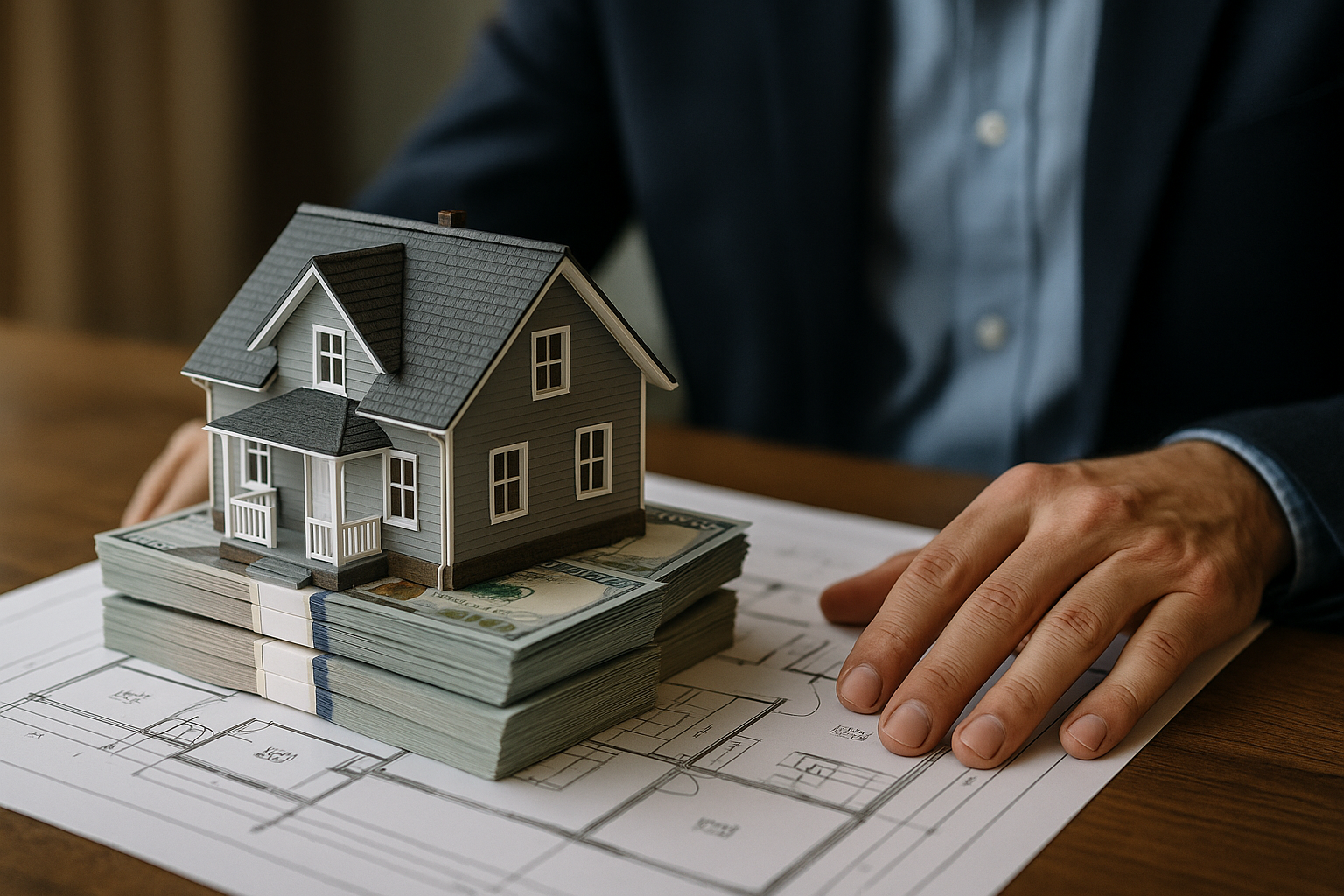Why Prefabricated Homes are Suitable For Seniors : Cost and Features
As Canada's population ages, many seniors are discovering that prefabricated homes offer an ideal combination of affordability, accessibility, and low-maintenance living. These factory-built homes provide customizable features that cater specifically to aging-in-place needs while delivering significant cost savings compared to traditional construction methods.

Prefabricated homes have emerged as an increasingly popular housing solution for Canadian seniors seeking comfortable, affordable, and accessible living options. Unlike traditional site-built homes, prefab homes are constructed in controlled factory environments before being transported and assembled on-site, resulting in faster build times, consistent quality, and often lower overall costs.
Advantages of Prefabricated Homes for Seniors
Prefab homes offer numerous benefits that align perfectly with senior living requirements. The construction process allows for precise customization of accessibility features, including wider doorways, grab bars, ramps, and single-floor layouts that eliminate the need for stairs. Many manufacturers specialize in senior-friendly designs that incorporate universal design principles, ensuring homes remain functional as mobility needs change over time.
The controlled factory environment also means better quality control and energy efficiency. Modern prefab homes often exceed traditional construction standards for insulation and weatherproofing, leading to lower utility bills - a significant consideration for seniors on fixed incomes. Additionally, the shorter construction timeline means less disruption and faster move-in dates.
Financial Considerations and Resale Potential
The financial advantages of prefabricated homes extend beyond initial purchase price. Manufacturing efficiency typically results in 10-20% cost savings compared to traditional construction. For seniors downsizing from larger homes, this cost difference can free up substantial equity for retirement needs.
Resale potential has improved significantly as prefab home quality and design have advanced. Modern prefab homes often appreciate at rates comparable to traditional homes, especially when placed on owned land rather than in manufactured home communities. The key factors affecting resale value include location, land ownership, build quality, and local market acceptance of prefab construction.
Many seniors find that prefab homes offer better predictable maintenance costs due to newer construction methods and materials. This financial predictability is crucial for retirement planning and budgeting.
Cost Breakdown Analysis
Understanding the complete cost structure helps seniors make informed decisions about prefab home purchases. The total investment includes the home itself, site preparation, foundation work, utility connections, and any required permits or inspections.
| Cost Component | Price Range (CAD) | Notes |
|---|---|---|
| Basic Prefab Home (1,200-1,500 sq ft) | $150,000-$250,000 | Factory price, varies by features |
| Site Preparation & Foundation | $25,000-$50,000 | Depends on soil conditions |
| Utility Connections | $15,000-$30,000 | Electrical, plumbing, septic/sewer |
| Permits & Inspections | $3,000-$8,000 | Varies by municipality |
| Total Estimated Cost | $193,000-$338,000 | Complete move-in ready |
Prices, rates, or cost estimates mentioned in this article are based on the latest available information but may change over time. Independent research is advised before making financial decisions.
Accessibility and Safety Features
Modern prefab homes can be designed with comprehensive accessibility features from the ground up. Standard senior-friendly options include zero-step entries, wider hallways and doorways, accessible bathroom layouts with roll-in showers, and lever-style door handles. Many manufacturers offer packages specifically designed for aging-in-place, incorporating features like reinforced bathroom walls for future grab bar installation.
Safety considerations include improved lighting systems, non-slip flooring options, and emergency communication systems. The newer electrical and plumbing systems in prefab homes also reduce the risk of safety issues common in older traditional homes.
Energy Efficiency and Maintenance Benefits
Prefab homes typically feature superior insulation and energy-efficient windows, doors, and HVAC systems. This translates to lower monthly utility costs, which is particularly important for seniors on fixed incomes. Many prefab homes qualify for energy efficiency rebates and tax credits, further reducing the overall cost of ownership.
Maintenance requirements are generally lower due to newer construction materials and methods. Exterior materials like fiber cement siding or metal roofing require minimal upkeep compared to traditional wood siding or asphalt shingles. This reduced maintenance burden is especially valuable for seniors who may have difficulty performing or affording regular home maintenance tasks.
Prefabricated homes represent a practical and financially sound housing option for Canadian seniors. The combination of affordability, customization options, energy efficiency, and reduced maintenance requirements makes them particularly well-suited to retirement living needs. As the prefab industry continues to evolve and improve, these homes are becoming an increasingly attractive alternative to traditional housing for seniors seeking comfortable, accessible, and cost-effective living solutions.




